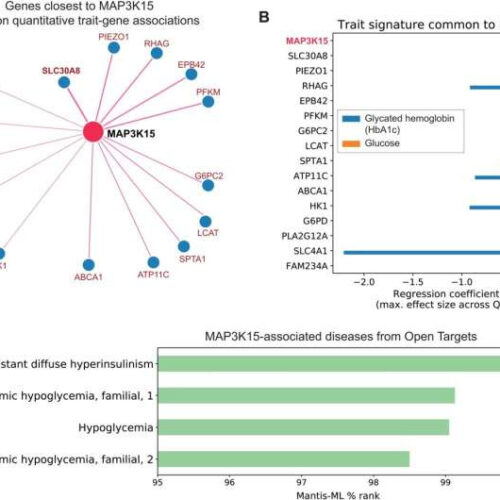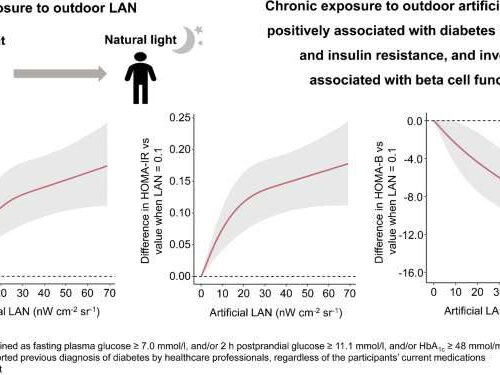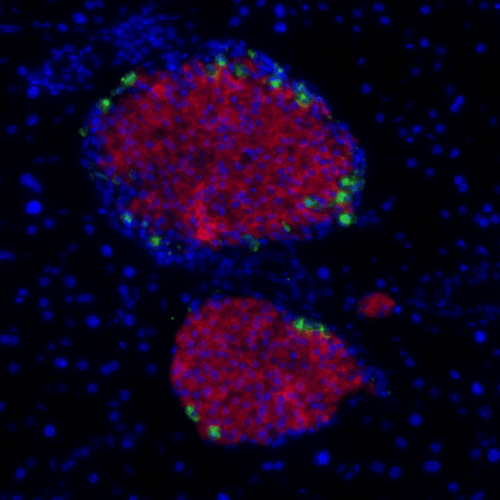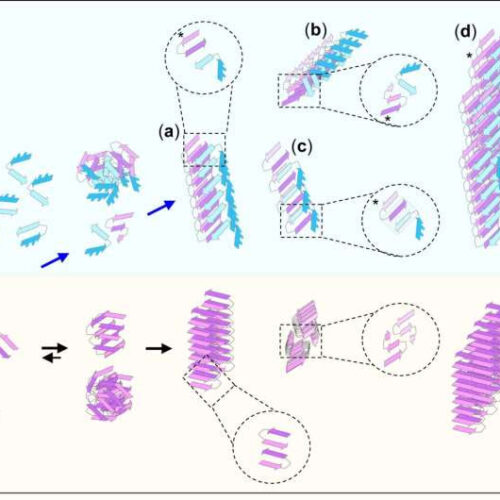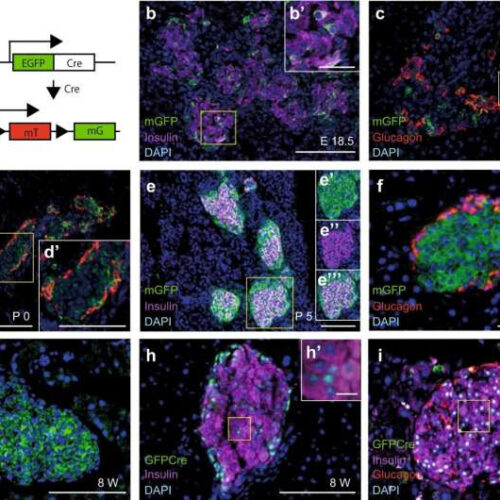By JOE DAVIES HEALTH REPORTER FOR MAILONLINE PUBLISHED: 03:09 EST, 18 November 2022 | UPDATED: 07:50 EST, 18 November 2022 A world-first drug that can delay the later stages of type 1 diabetes by up to three years was today hailed as a ‘seismic shift’ in the race to beat the illness. Regulators at the US Food...
Category: <span>Diabetes</span>
Some reduced-carb diets may decrease diabetes risk, but others may raise it
by Laura Williamson, American Heart Association News When it comes to reduced-carb diets, it may be quality, not quantity, that matters most. New research finds that animal-based, low-carbohydrate eating was associated with a higher Type 2 diabetes risk, whereas plant-based, low-carb eating was associated with a lower diabetes risk. The research, recently presented in Chicago...
MAP3K15 variant found to be a potential target for managing diabetes
by Bob Yirka, Medical Xpress MAP3K15 quantitative trait and disease signatures. (A) Genes with the most similar quantitative trait profiles to MAP3K15 in the UKB, derived from Gene-SCOUT. (B) Linear regression coefficients for HbA1c and glucose from collapsing analysis models for genes in (A) (genes are sorted from top to bottom in decreasing order of...
New study reveals that exposure to outdoor artificial light at night is associated with an increased risk of diabetes
by Diabetologia Graphical abstract. Credit: Diabetologia (2022). DOI: 10.1007/s00125-022-05819-x A new study published in Diabetologia finds that outdoor artificial light at night (LAN) is associated with impaired blood glucose control and an increased risk of diabetes, with more than 9 million cases of the disease in Chinese adults being attributed to LAN exposure. The study is by Dr. Yu...
Study uncovers key cause of type 2 diabetes
by University of Oxford Inhibition of glucokinase prevents the effects of chronic hyperglycaemia. a Schematic showing how mannoheptulose (MH) inhibits glucose metabolism. b, c Insulin secretion (b) and insulin content (c) in LG-cells and HG-cells cultured for 48 h ± 10 mM mannoheptulose (MANNO) and then stimulated with 2 mM or 20 mM glucose. Mannoheptulose was omitted during the assay (n = 3...
How high blood sugar REALLY causes type 2 diabetes
By JOE DAVIES HEALTH REPORTER FOR MAILONLINE PUBLISHED: 05:00 EST, 14 November 2022 | UPDATED: 07:27 EST, 14 November 2022 For decades, scientists have been puzzled over how exactly high blood sugar causes type 2 diabetes. But Oxford University researchers may finally have the answer. Tests revealed it wasn’t the elevated glucose levels that were directly to blame for...
“Hybrid” immune system reboot leads to functional diabetes cure in mice
By Michael Irving November 10, 2022 Insulin-secreting islet cells in a mouse The Kim Lab Researchers at Stanford University have developed a functional cure for diabetes in mice, by creating a kind of hybrid immune system. Treated animals were able to manage their blood glucose levels for the duration of the trial, without needing the...
Alzheimer’s disease and type 2 diabetes: Synthetic peptides may suppress formation of harmful amyloid aggregates
by Technical University Munich Proposed mechanism and hypothetical models of IAPP/ACM nanofiber co-assembly versus IAPP amyloid self-assembly. The lower part, IAPP self-assembly into toxic oligomers and amyloid fibrils. The upper part, in the presence of ACMs, IAPP monomers/prefibrillar species are redirected into initially amorphous and non-toxic hetero-assemblies, which convert into amyloid fibril-resembling but ThT-invisible and...
A promising drug candidate discovered for the prevention of type 1 diabetes
UNIVERSITY OF HELSINKI According to a study, type 1 diabetes could be prevented by inhibiting a gene associated with the onset of the disease. A drug based on the same mechanism has already been approved for the treatment of another autoimmune disease psoriasis in the United States, which may boost the development of drug therapies...
Examining the beta cell whisperer gene and its implications for future diabetes therapy
by Katrin Boes, Max Planck Society Wnt4 expression in islets. a Reporter constructs monitoring Wnt4 expression (Wnt4eGFPCre) and used for lineage tracing (Wnt4eGFPCre; mTmG). Expression pattern of Wnt4 revealed by mGFP immunostaining in Wnt4eGFPCre Tg+; mTmG Tg+ islets at E18.5 (b, c), P0 (d), P5 (e) and 8 weeks (f). DAPI marks the nucleus, Insulin β-cells, Glucagon α cells, as color-encoded....



